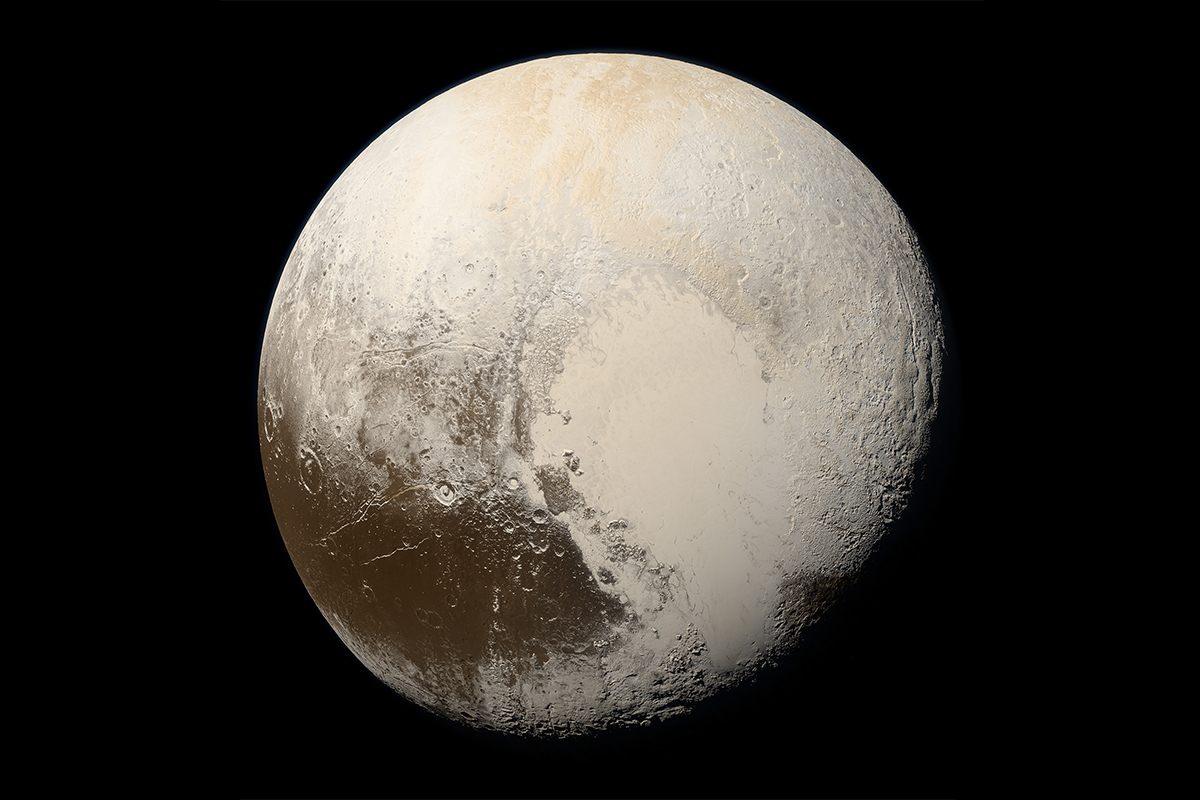A guide to gravity and jumping across the Solar System.
How high can you jump on other planets: on the Moon, Pluto, Mercury and Jupiter?
The average jump here on Earth is about 60 centimetres (24 inches).
How high you can jump on a planet depends on your strength, speed and weight, of course but also on gravity.
Gravity, of course, is everywhere, not just on Earth.
The larger the mass of the planet, the more gravity would pull you down and the harder it would be to jump.
Surface gravity is measured in metres per second squared. On Earth that is 9.8 m/s^2 or 1g.
On Pluto you would be able to jump 15 times higher than you could do here on Earth while on Jupiter you could only jump half as high as you could at home.
Beware though, if you were to jump on smaller and less dense planets, you might not come back down, but jump out into space!
Gravity and jumping on other planets

Across the planets and worlds of the Solar System, the surface gravity varies and so does your ability to jump (assuming a solid surface at the cloud tops to jump from, in the case of gas giants).
Mass depends on not just the size, but also the density of the planet.
A small dense planet might have similar surface gravity to a large planet with lower density.
To get the jump height we divide the jump height on Earth by a planet’s surface gravity.
Heights you could jump on other planets and worlds in the Solar System:
Mercury: 3.70 m/s^2 or 0.38 g. Jump height = 1.58 m (5.2 feet)
Venus: 8.87 m/s^2 or 0.90 g. Jump height = 67cm (26.3 inches)
Moon: 1.62 m/s^2 or 0.16 g. Jump height = 3.6 metres (11.8 feet)
Mars: 3.71 m/s^2 or 0.38 g. Jump height = 1.58 m (5.2 ft)
Jupiter: 24.79 m/s^2 or 2.53 g. Jump height = 24 cm (9.4 inches)
Saturn: 10.44 m/s^2 or 1.06 g. Jump height = 0.65m (2.1 feet)
Uranus: 8.69 m/s^2 or 0.88 g. Jump height = 0.67m (2.2 feet)
Neptune: 11.15 m/s^2 or 1.14 g. Jump height = 0.5m (1.6 feet)
Pluto: 0.62 m/s^2 or 0.06 g. Jump height = 9 m (29.5 feet)
Apollo astronauts jumping on the Moon

When the Apollo astronauts first landed on the Moon they had to figure out the most efficient way to get around on the surface, with just one-sixth of Earth’s gravity.
Lower surface gravity also means less friction between your boots and the ground, so you are more likely to slip.
A jump on the moon would take you three and a half metres up and you would stay up for around 4 seconds.
Buzz Aldrin worked out that the best way to travel was in a series of small bunny hops. These seem to maximise travel and control while minimising the risk of falling.
With humans looking to return to the Moon, the European Space Agency (ESA) is testing different methods of movement on other planets.
Testing facilities use bungee cords as well as parabolic flights to find the best ways to move on the Moon, and later Mars, to improve balance and to discover if bouncing can help maintain strong bones and muscles in reduced gravity.
So as much as it’s something you might wonder or talk about among friends, research into how high humans can jump on other planets is also informing the design of future space habitats.